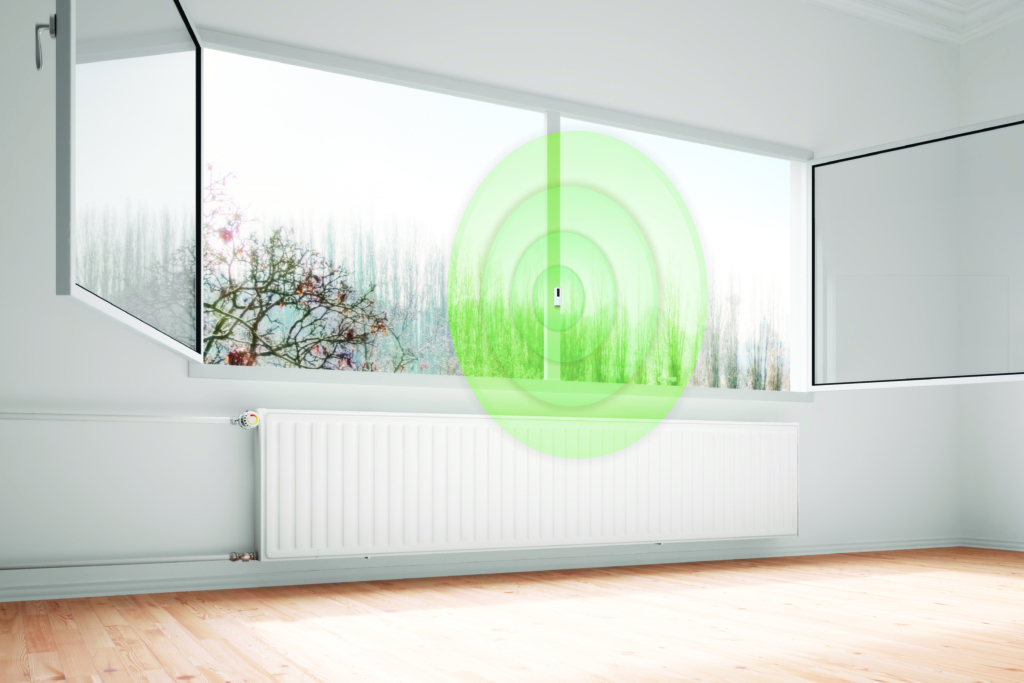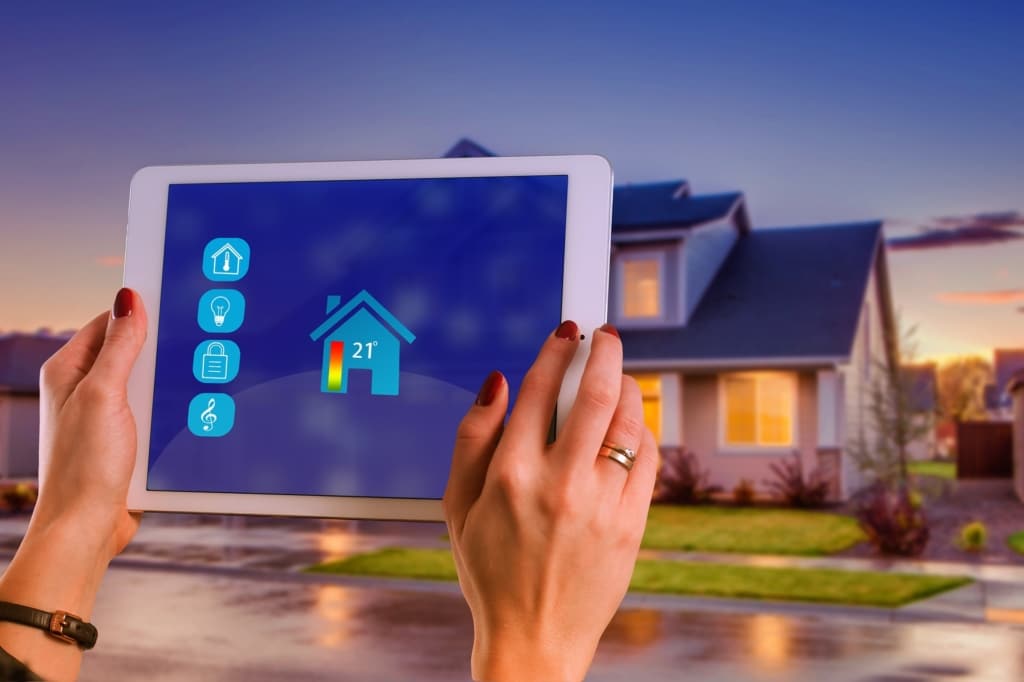European parliament has voted a revision of the Energy Performance of Buildings Directive (EPBD), entered in force on July, 9th 2018. The exigence isn’t new, but the expectations are more specific: European buildings will have to reach zero carbon emissions by 2050. Before, milestones have been defined, one goal is to reduce greenhouse gas emission of 40% by 2030 against 1990.
“The revised Energy Performance of Buildings Directive will favor local job creation, reduce the consumers’ energy bill and improve European quality life.”
Miguel Arias Cañete, European Union climate action and energy Commissioner
Directive revision, what are the changes?
This revision formalizes the ambition to develop building automation in European Union. First goal: reduce greenhouse gas and rise the share of renewable energies in the energetic consumption. European Union wants an energetically efficient and carbon-free building park.
Second goal: the energetic independence of Union, job creation and mitigation of energetic insecurity.
![]() The building park is responsible of approximately 36% of all CO² emission in the European Union.
The building park is responsible of approximately 36% of all CO² emission in the European Union.![]()
To do so, measures have to be numerous: thermal isolation, passive techniques, natural solutions (urban vegetation, green walls and roofs), etc.
Building automation has a key role to play, stated by the Directive is “the installation of self-regulating devices in existing buildings for the separate regulation of the temperature in each room […] should be considered where economically feasible.”
Wireless and battery-less smart sensors and actuators entirely answer this need, in terms of use and installations cost. They have their place in the constant research of energetic performance of the member States, and are more and more installed in residential, tertiary, etc.

![]() Thanks to innovation and new technologies, buildings can support global carbon-free economy.
Thanks to innovation and new technologies, buildings can support global carbon-free economy. ![]()
Rethink technology and smart devices as vectors of efficacy for heating and air-conditioning systems, this is what the European Union wants. Each smart device manufacturer has an important role to play to answer this challenge.

In 80% of buildings, heating and cooling station represent more than 50% of the final Union energy consumption. Smart devices, like the Multifunction Relay Switch, has to participate to reduce this consumption in a smart way. Optimize the heating and air-conditioning management according to the presence/absence, week days and hours, as much scenarios today easily applicable with smart products and gateway, which are easy and quick to install.
Buildings must integrate digital
The Directive targets digitization in the building sector with the importance of broadband networks for “smart homes and well-connected communities”. The European Parliament has well understood the importance of digital in the buildings, and the advantages that it represents for consumers – consumption follow-up – and for the administrators, a predictive and efficient maintenance.

For non-residential buildings, we talk about the need to equip an automation system and to control heating or air-conditioning systems with a power >290 kW by 2025. It is possible to do it today, thanks to radio interoperable smart devices, which will continuously analyze the energetic consumption and will adjust it. They will need “being interoperable with technical building systems across different types of proprietary technologies, devices and manufacturers.”
It is a reality, the Directive is driving the market! The European Parliament is convinced and has seen it: digital allows buildings “to provide cost-effective and significant energy savings for both consumers and businesses”.
Thus, installation of smart interoperable sensors and actuators are becoming THE solution “to be the most cost-effective alternative to inspections in large non-residential and multi-apartment buildings” to realize significant energy savings.
And tomorrow?
Buildings will be smart and will have to conform to expectations for infrastructure to reload electric vehicles. Tomorrow, they will be plenty integrated in smart cities, because energetic transition is also going through electric vehicles.

On the other hand, States members are invited to take initiatives “to promote skills development and education in the construction and energy efficiency sectors.” We are now waiting for the afterward to this directive, a new norm. To be followed…
Sources:
Directive (UE) 2018/844 of the european parliament and of the council of 30 May 2018










Leave A Comment